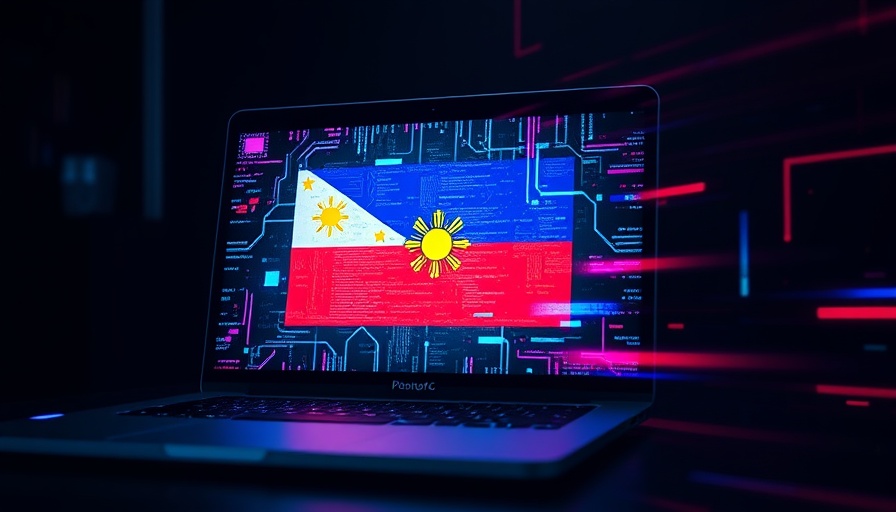
Google's Bold Move: Ensuring Digital Media Authenticity
In a world increasingly dominated by digital media, the issue of authenticity becomes crucial. With the rise of artificial intelligence, which can create hyper-realistic images and videos, verifying the origin and history of such media is more important than ever. Google's announcement regarding the Pixel 10, which supports the Coalition for Content Provenance and Authenticity (C2PA), is a significant step towards enhancing transparency in digital content creation.
What is C2PA and Why Does It Matter?
The C2PA standard enables the embedding of Content Credentials within digital media, serving as a "digital nutrition label" that helps identify the creator, creation method, and whether AI was involved in the process. This technological advancement provides users with a new layer of confidence as they navigate an era of deep fakes and manipulated imagery.
The Technological Backbone: Security Features of Pixel 10
The Pixel 10’s integration of C2PA utilizes sophisticated hardware features, including the Google Tensor G5 and Titan M2 security chip. This combination ensures that images and videos processed through the Pixel Camera app come with trusted timestamps, independent of internet connectivity. Such security measures not only bolster the integrity of the media captured but also protect the privacy of the user, as the attestation process remains anonymous.
A Step Toward Greater Media Transparency
While C2PA Content Credentials are not a one-size-fits-all solution, Google's implementation represents an incremental stride toward fostering trust in digital content. By adopting this technology, Google sets a precedent in the industry, potentially inspiring other tech companies to follow suit and enhance media integrity across their platforms.
Looking Ahead: The Future of Digital Provenance
As AI-generated content becomes more prevalent, the demand for reliable verification methods will only intensify. The efforts by Google to implement C2PA could pave the way for broader adoption of similar standards, influencing not just consumer technology, but also industries reliant on digital media, from marketing to journalism.



Write A Comment